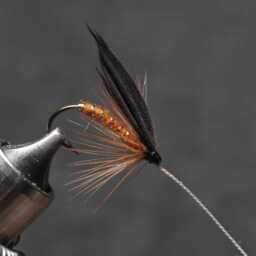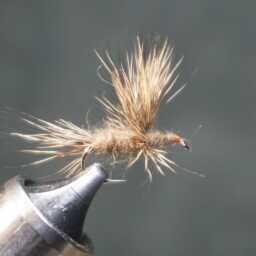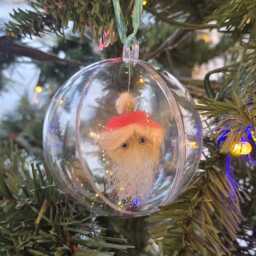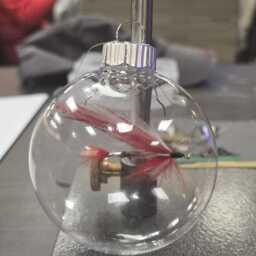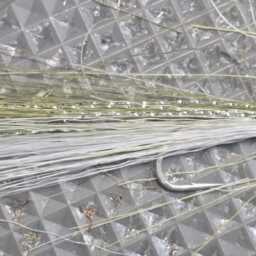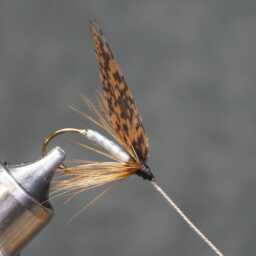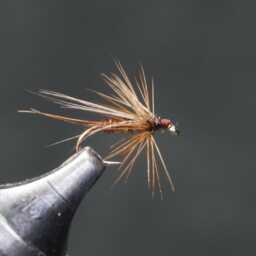The cape of a ruffed grouse serves purposes similar to ringneck pheasants or Hungarian partridges, and the mottled pattern on grouse feathers is valuable. Feathers from the wings’ shoulders historically tie soft hackle wet flies, offering a unique look. Get creative with these materials for great tying experiences!
The greater sage-grouse, also known as the sagehen, is North America’s largest grouse, inhabiting sagebrush areas in the western U.S., southern Alberta, and Saskatchewan, Canada. Formerly called the sage grouse, it became distinct from the Gunnison sage-grouse in 2000. The Mono Basin sage grouse population may also be unique.
These birds are permanent residents in their breeding grounds, occasionally moving to lower elevations in winter. Utilizing a lek system for mating, they nest on the ground under sagebrush or grass patches, primarily foraging on sagebrush but also consuming other plants and insects. Unlike other grouse, they lack a muscular crop and can’t digest hard seeds.
Facing habitat loss, the greater sage-grouse is declining across its range, earning threatened or near-threatened status from various national and international organizations. Adult males have distinct features, including a yellow eye patch, grayish top, white breast, dark brown throat, and black belly, with inflated yellowish sacs on the neck during courtship. Adult females are mottled gray-brown with a light brown throat and dark belly. Adult sizes vary, with males ranging from 26 to 30 inches and 4 to 7 pounds, and females from 19 to 23 inches and 2 to 4 pounds.
« Back to Glossary Index


